一、通过指定的url获取页面的html
public static String findHtmlStringByURL(String HTML_URL) throws IOException {
try {
StringBuffer html = new StringBuffer();
URL url = new URL(HTML_URL);
HttpURLConnection conn = (HttpURLConnection) url.openConnection();
InputStreamReader isr = new InputStreamReader(conn.getInputStream());
BufferedReader br = new BufferedReader(isr);
String temp;
while ((temp = br.readLine()) != null) {
html.append(temp).append("\n");
}
br.close();
isr.close();
return html.toString().getBytes("GBK"), "UTF-8");
} catch (Exception e) {
e.printStackTrace();
return null;
}
}
1.为了避免中文乱码,需要实现指定jsp页面的编码为utf-8,但是如果遇到html页面的特殊标签可能会产生一些部分中文乱码
更好的解决方案可以用jsonp
public static String findHtmlStringByURL(String HTML_URL) throws IOException {
URL url = new URL(HTML_URL);
Document document=Jsoup.parse(url,5 * 1000);
String result=document.html();
//解决img标签结尾无斜杠(/)的问题
String regex = "(?i)(\\<img)([^\\>]+)(\\>)";
String value = result.replaceAll(regex, "$1 $2 /$3");
return value;
}
maven坐标如下:
<dependency>
<groupId>org.jsoup</groupId>
<artifactId>jsoup</artifactId>
<version>1.8.1</version>
</dependency>
URL url = new URL(HTML_URL);
URL模拟http请求获取不到session
二、SpringMVC框架里jsp客户端向服务端传递List类型的参数
客户端
//传递数组partListDesignArray 到服务端
var partListDesignArray = new Array();
var listTrEdit=$("#container").find("tr.nowCheck");
$.each(listTrEdit, function(n,value){
var partsno=$(value).find("input#partsno").val();
var partsid=$(value).find("input#partsid").val();
var partsname=$(value).find("input#partsname").val();
var material=$(value).find("input#material").val();
var num=$(value).find("input#num").val();
var price=$(value).find("input#price").val()*100;
var provider=$(value).find("input#provider").val();
var comment=$(value).find("input#comment").val();
partListDesignArray.push({
id: partsid, partsname: partsname,
partsno:partsno,material:material,
num:num,price:price,provider:provider,comment:comment});
});
$.ajax({
url: CONTEXT_PATH+'front/carDesign/saveEditPart',
type: "POST",
contentType : 'application/json;charset=utf-8', //设置请求头信息
dataType:"json",
data: JSON.stringify(partListDesignArray),
success: function(data){
if(data.result){
if(type==1){
window.location.href=CONTEXT_PATH+'front/carDesign/carDesign_list';
}else{
window.location.reload();
}
}else{
jAlert(data.msg,'提示');
}
}
});
服务端
import org.springframework.web.bind.annotation.RequestBody;
import org.springframework.web.bind.annotation.RequestMapping;
import org.springframework.web.bind.annotation.RequestMethod;
import org.springframework.web.bind.annotation.ResponseBody;
import com.alibaba.fastjson.JSONObject;
@RequestMapping("/saveEditPart")
@ResponseBody
public AjaxObj saveEditPart(@RequestBody List<JSONObject> partListDesignModels){
AjaxObj ajaxObj= partListDesignService.saveEditPart(partListDesignModels);
return ajaxObj;
}
接收list数据
三.SpringMVC中的文件下载
package com.clj.test.down.util;
import java.io.File;
import java.io.IOException;
import org.apache.commons.io.FileUtils;
import org.springframework.context.annotation.Scope;
import org.springframework.http.HttpHeaders;
import org.springframework.http.HttpStatus;
import org.springframework.http.MediaType;
import org.springframework.http.ResponseEntity;
import org.springframework.stereotype.Component;
import org.springframework.web.bind.annotation.RequestMapping;
/**
* <一句话功能简述>
* <功能详细描述>
*
* @author Administrator
* @version [版本号, 2014年3月7日]
* @see [相关类/方法]
* @since [产品/模块版本]
*/
@Component
@Scope("prototype")
@RequestMapping("/downloadFile")
public class DownloadAction
{
@RequestMapping("download")
public ResponseEntity<byte[]> download() throws IOException {
String path="D:\\workspace\\.metadata\\.plugins\\org.eclipse.wst.server.core\\tmp0\\wtpwebapps\\springMVC\\WEB-INF\\upload\\图片10(定价后).xlsx";
File file=new File(path);
HttpHeaders headers = new HttpHeaders();
String fileName=new String("你好.xlsx".getBytes("UTF-8"),"iso-8859-1");//为了解决中文名称乱码问题
headers.setContentDispositionFormData("attachment", fileName);
headers.setContentType(MediaType.APPLICATION_OCTET_STREAM);
return new ResponseEntity<byte[]>(FileUtils.readFileToByteArray(file),
headers, HttpStatus.CREATED);
}
}
四、基于iText和flying saucer结合freemark把html生成pdf (支持css样式)
项目地址:http://git.oschina.net/lemonzone2010/doc-render
尝试了几个开源项目感觉这个效果最好,而且文旦详尽,需要注意的是
1、不支持css3特殊样式,html里如果有中文需要现在css样式里申明所用字体
2、项目里读取html时使用了freemark技术也但是我自己操作的时候利用总结一里的jsonp读取更加方便
五、把文件打包生成zip
import java.io.BufferedInputStream;
import java.io.BufferedOutputStream;
import java.io.File;
import java.io.FileInputStream;
import java.io.FileOutputStream;
import java.io.IOException;
import java.io.InputStream;
import java.io.OutputStream;
import java.net.MalformedURLException;
import java.net.URISyntaxException;
import java.net.URL;
import org.apache.commons.compress.archivers.ArchiveEntry;
import org.apache.commons.compress.archivers.zip.Zip64Mode;
import org.apache.commons.compress.archivers.zip.ZipArchiveEntry;
import org.apache.commons.compress.archivers.zip.ZipArchiveInputStream;
import org.apache.commons.compress.archivers.zip.ZipArchiveOutputStream;
import org.apache.http.Header;
import org.apache.http.HttpResponse;
import org.apache.http.HttpStatus;
import org.apache.http.client.ClientProtocolException;
import org.apache.http.client.HttpClient;
import org.apache.http.client.methods.HttpGet;
import org.apache.http.impl.client.DefaultHttpClient;
import org.apache.http.util.EntityUtils;
/**
* Zip文件工具类
* @author Luxh
*/
public class ZipUtil {
/**
* 把文件压缩成zip格式
* @param files 需要压缩的文件
* @param zipFilePath 压缩后的zip文件路径 ,如"D:/test/aa.zip";
*/
public static void compressFilesToZip(File[] files,String zipFilePath,String[]filename) {
if(files != null && files.length >0) {
if(isEndsWithZip(zipFilePath)) {
ZipArchiveOutputStream zaos = null;
try {
File zipFile = new File(zipFilePath);
zaos = new ZipArchiveOutputStream(zipFile);
//Use Zip64 extensions for all entries where they are required
zaos.setUseZip64(Zip64Mode.AsNeeded);
//将每个文件用ZipArchiveEntry封装
//再用ZipArchiveOutputStream写到压缩文件中
for(int i=0;i<files.length;i++) {
File file=files[i];
if(file != null) {
ZipArchiveEntry zipArchiveEntry = new ZipArchiveEntry(file,filename[i]);
zaos.putArchiveEntry(zipArchiveEntry);
InputStream is = null;
try {
is = new BufferedInputStream(new FileInputStream(file));
byte[] buffer = new byte[1024 * 5];
int len = -1;
while((len = is.read(buffer)) != -1) {
//把缓冲区的字节写入到ZipArchiveEntry
zaos.write(buffer, 0, len);
}
//Writes all necessary data for this entry.
zaos.closeArchiveEntry();
}catch(Exception e) {
throw new RuntimeException(e);
}finally {
if(is != null)
is.close();
}
}
}
zaos.finish();
}catch(Exception e){
throw new RuntimeException(e);
}finally {
try {
if(zaos != null) {
zaos.close();
}
} catch (IOException e) {
throw new RuntimeException(e);
}
}
}
}
}
/**
* 把zip文件解压到指定的文件夹
* @param zipFilePath zip文件路径, 如 "D:/test/aa.zip"
* @param saveFileDir 解压后的文件存放路径, 如"D:/test/"
*/
public static void decompressZip(String zipFilePath,String saveFileDir) {
if(isEndsWithZip(zipFilePath)) {
File file = new File(zipFilePath);
if(file.exists()) {
InputStream is = null;
//can read Zip archives
ZipArchiveInputStream zais = null;
try {
is = new FileInputStream(file);
zais = new ZipArchiveInputStream(is);
ArchiveEntry archiveEntry = null;
//把zip包中的每个文件读取出来
//然后把文件写到指定的文件夹
while((archiveEntry = zais.getNextEntry()) != null) {
//获取文件名
String entryFileName = archiveEntry.getName();
//构造解压出来的文件存放路径
String entryFilePath = saveFileDir + entryFileName;
byte[] content = new byte[(int) archiveEntry.getSize()];
zais.read(content);
OutputStream os = null;
try {
//把解压出来的文件写到指定路径
File entryFile = new File(entryFilePath);
os = new BufferedOutputStream(new FileOutputStream(entryFile));
os.write(content);
}catch(IOException e) {
throw new IOException(e);
}finally {
if(os != null) {
os.flush();
os.close();
}
}
}
}catch(Exception e) {
throw new RuntimeException(e);
}finally {
try {
if(zais != null) {
zais.close();
}
if(is != null) {
is.close();
}
} catch (IOException e) {
throw new RuntimeException(e);
}
}
}
}
}
/**
* 判断文件名是否以.zip为后缀
* @param fileName 需要判断的文件名
* @return 是zip文件返回true,否则返回false
*/
public static boolean isEndsWithZip(String fileName) {
boolean flag = false;
if(fileName != null && !"".equals(fileName.trim())) {
if(fileName.endsWith(".ZIP")||fileName.endsWith(".zip")){
flag = true;
}
}
return flag;
}
六、图片上传到非工程文件夹下,希望通过该工程的url访问该图片
文件上传到tomcat下的工程下,项目重新启动图片就没了
解决的思路:
在配置文件下配置路径
BASE_FILEUPLOAD_URL=/upload/username/type/year/month/
BASE_FILEUPLOAD_PATH=…/…/upload/username/type/year/month/
上传文件时读取该路径并进行拼接:
//文件上传目录路径
String savePath = pageContext.getServletContext().getRealPath(“/”) + BASE_FILEUPLOAD_PATH;
这样配置以后图片就上传到tomcat的一级目录下了
定义访问的时候url为localhost:8080//btkjsite_designcloud/before/getFile/upload/username/type/year/month/20160911.jpg
先根据访问的url找到图片的实际物理路径,再通过输入流读取文件,写入输出流在网页上把图片显示出来
package com.meila.cms.controller;
import java.io.File;
import java.io.FileInputStream;
import java.io.InputStream;
import java.io.OutputStream;
import javax.servlet.ServletContext;
import org.springframework.stereotype.Controller;
import org.springframework.web.bind.annotation.PathVariable;
import org.springframework.web.bind.annotation.RequestMapping;
import org.springframework.web.context.ContextLoader;
import org.springframework.web.context.WebApplicationContext;
import com.meila.cms.util.config.Property;
@Controller
@RequestMapping("/before")
public class FileController extends BaseController{
/**
* 由于kindeditor文件保存在其他文件夹下所以以流的形式重新进行访问
* @param dirname
* @param username
* @param type
* @param year
* @param month
* @param picname
* @param extname
*/
@RequestMapping(value="/getFile/{dirname}/{username}/{type}/{year}/{month}/{picname}.{extname}")
public void getFile(@PathVariable String dirname,
@PathVariable String username,@PathVariable String type,
@PathVariable String year,@PathVariable String month,
@PathVariable String picname,@PathVariable String extname){
String BASE_FILEUPLOAD_PATH= Property.getProperty("BASE_FILEUPLOAD_PATH");
WebApplicationContext webApplicationContext = ContextLoader.getCurrentWebApplicationContext();
ServletContext application = webApplicationContext.getServletContext();
String web_path = application.getRealPath("").replace("\\", "/");
BASE_FILEUPLOAD_PATH=BASE_FILEUPLOAD_PATH.replace("username",username);
BASE_FILEUPLOAD_PATH=BASE_FILEUPLOAD_PATH.replace("type", "A0");
BASE_FILEUPLOAD_PATH=BASE_FILEUPLOAD_PATH.replace("year", year);
BASE_FILEUPLOAD_PATH=BASE_FILEUPLOAD_PATH.replace("month",month);
String fullPath = web_path+"/"+BASE_FILEUPLOAD_PATH +picname+"."+extname;
response.setHeader("Cache-Control", "max-age=10000000");
InputStream in = null;
OutputStream out = null;
try {
File file = new File(fullPath);
if (!file.isFile()) {
}
in = new FileInputStream(file);
int len = 0;
byte[] buffer = new byte[1024];
out = response.getOutputStream();
while ((len = in.read(buffer)) > 0) {
out.write(buffer, 0, len);
}
} catch (Exception e) {
e.printStackTrace();
} finally {
if (in != null) {
try {
in.close();
} catch (Exception e) {
throw new RuntimeException(e);
}
}
}
}
}









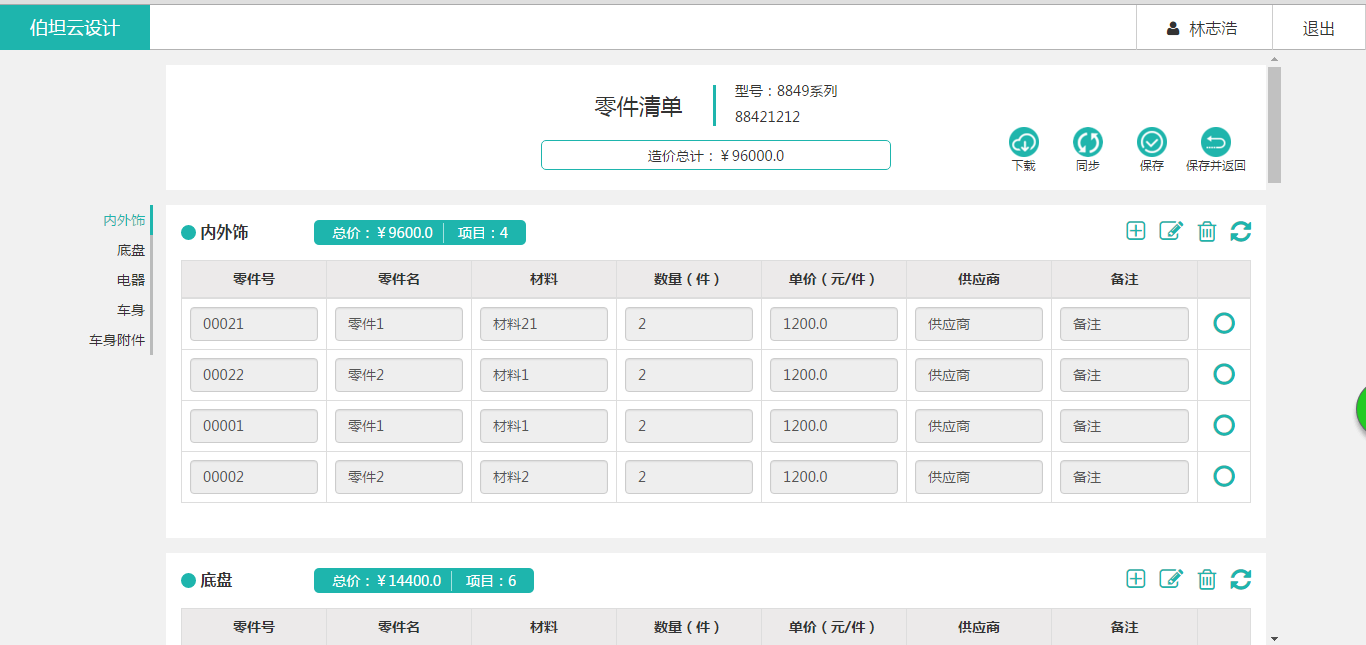

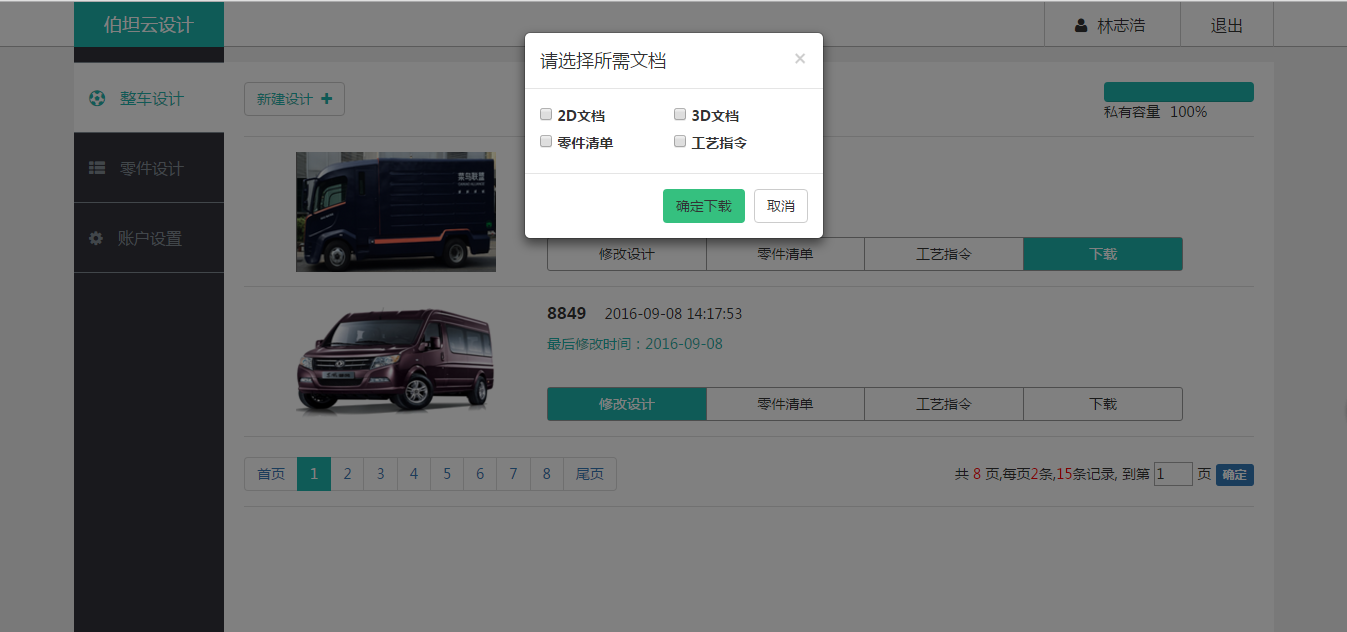
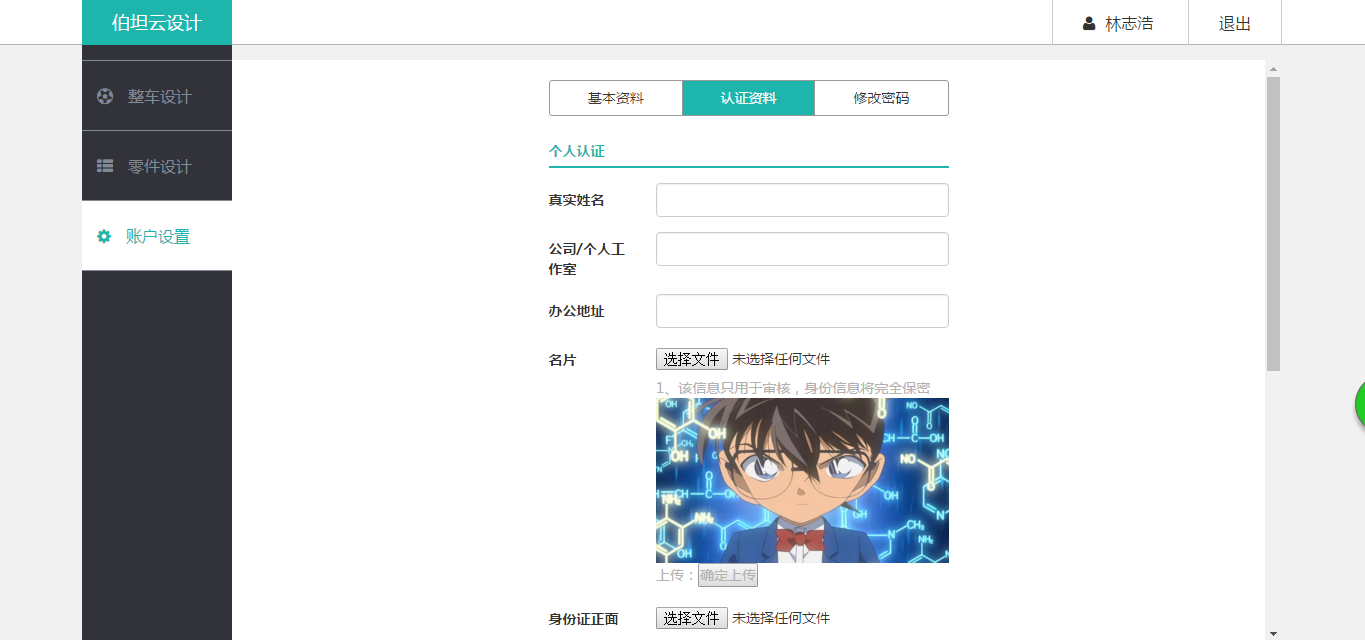
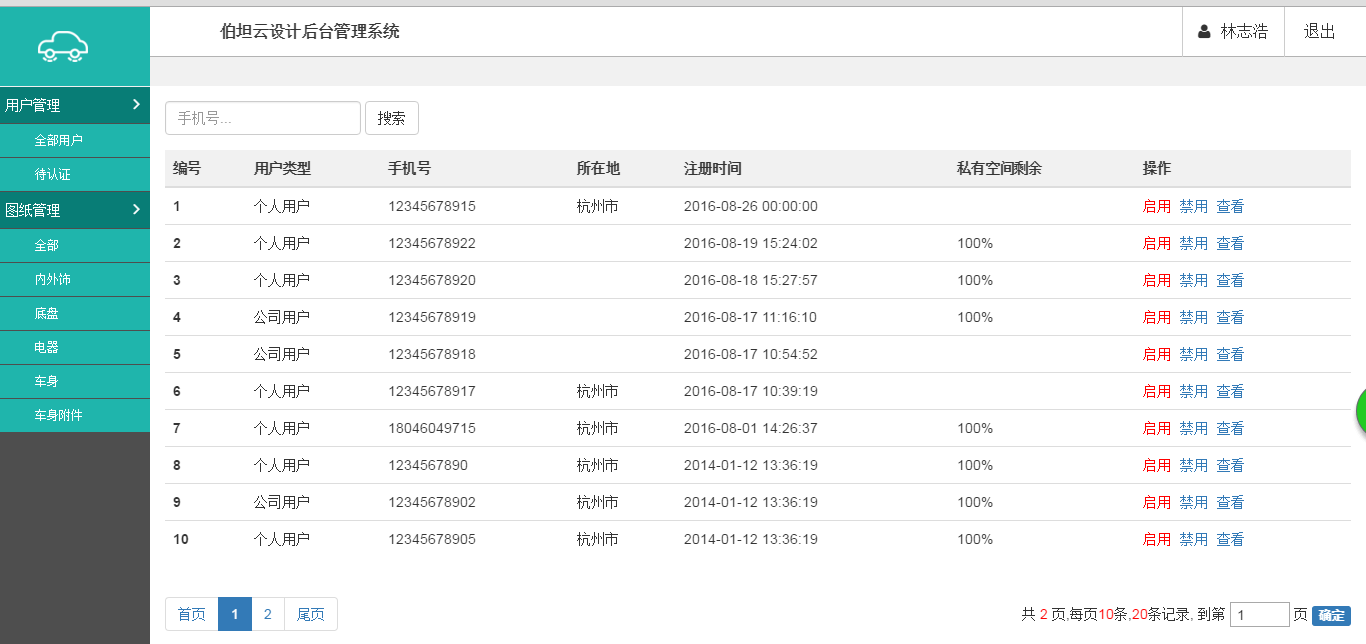
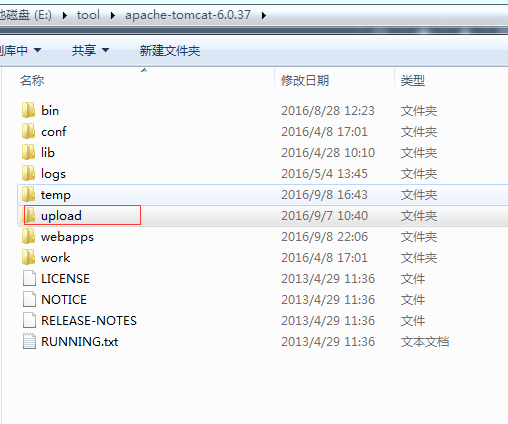














 305
305











 被折叠的 条评论
为什么被折叠?
被折叠的 条评论
为什么被折叠?










